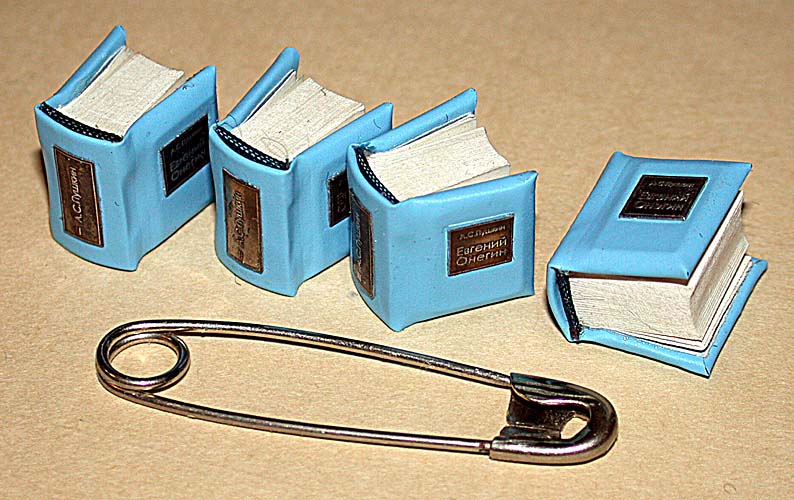“New Micro: Exceptionally Short Fiction,” edited by James Thomas and Robert Scotellaro, collects stories from a variety of authors in their most compressed form. Working with stories that are a mere page long (at most, a page and a half), writers such as Amy Hempel and Joyce Carol Oates evoke a wide range of themes, from the pain of an entire childhood, the moment of yearning for a loved one, to the anxiety that white supremacists might one night kidnap your son.
Many of the stories in this collection sit comfortably with the ludicrous yet fully immerse the reader, as in Kevin Griffith’s “Furnace,” in which a family finds their repairman trapped in a duct. The repairman then tells the children fanciful tales in exchange for food they slip into the grating.
Meanwhile, in “Colts,” a story by Claudia Smith, two girls detail not only the numerous differences between their families, but also the friendship the girls share. However, Smith contrasts the girls’ sweet, mischievous exchange with a truce between their mothers, who both suffer bruises from their abusive husbands.
Flash fiction tantalizes the reader by drawing the outline of a plot, hinting at a more complex story that extends beyond the confines of the story written on the page. Ernest Hemingway referred to this as the “iceberg theory,” that by trimming the details of a story until just the essentials remain, only the sharpest “tip of the iceberg” would show. After reading the sketch of one of these micro-stories, you can imagine the details that aren’t present but could be, as is the case in Theresa Wyatt’s four-sentence story “Gettysburg, July, 1863”:
“One soldier took a bullet which shattered his femur. The next day he woke up in a cellar with a woman leaning over him picking wax from his beard. She apologized, said the doctor needed light to amputate in the dark. Candles melted down to nothing were stuck everywhere, even in her bonnet.”
Each sentence carries hours of causality in it. The order of the story is deliberate; first, Wyatt presents peculiar details, creating an air of mystery. For example, the scene opens with the woman leaning over the man picking out wax from his beard. Then, the explanation for this minor cosmetic inconvenience comes as a shock: he’s had an amputation. Even after the story finishes, you begin to wonder, “What was it like for the woman to work all night, aiding the doctor?” Then the context that the title conveys becomes clearer, that is, the Battle of Gettysburg, one of the bloodiest battles of the American Civil War. By using this historical context, even just briefly in the title, the short story suggests the chaos of the day before, when the soldier lost his leg. The reader can imagine the causes leading up to this one moment and the other soldiers in situations similar to this one.
Some pieces of flash fiction compress what in a novel would be a gentle chain of implausibility into a firm rod of mystery. “The New Thieves” by Thaisa Frank preserves a general arc of events in its plot, but the progression of the story is bizarre and beautiful. The story begins, “One night my lover said: you must learn to be like the new thieves — they never steal, they add.” These thieves leave behind objects rather than taking them. The narrator then decides to bring home a female doppelgänger that then sleeps with her lover, who notices the difference. She begins to replace objects in the house with facsimiles, but nothing can fool her lover — until one night, she brings home a bartender who proceeds to act out her lover’s life. He doesn’t notice this final replacement, and “tells [her] he’s happy.”
“New Micro: Exceptionally Short Fiction” contains these intriguing tales and many more. With over 130 stories inside, this collection is bound to offer something that grips your heart.
Contact Scott Stevens at scotts7 ‘at’ stanford.edu.
